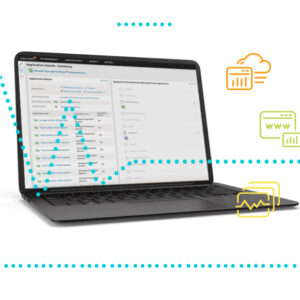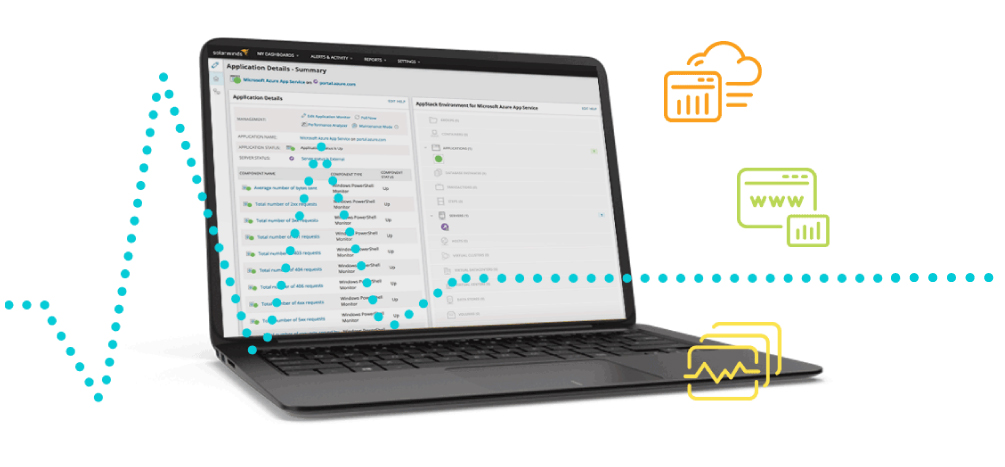Technology and end users have an almost dichotomous relationship; as technology gets more complex, end users expect a more seamless experience. At the same time, end users are also looking for maximized application availability and performance.
How can a federal IT team meet these increasing demands? The answer is monitoring.
Monitoring is obviously not a new concept. Yet today, most monitoring instances have been implemented as an afterthought or as a way to solve a single, specific problem. To provide a seamless user experience while enhancing application performance, federal IT pros must establish monitoring as a core IT function. The key is understanding how to normalize metrics, alerts, and other collected data from different applications and workloads—regardless of their location—to enable a more efficient approach to troubleshooting, remediation, and optimization.
With this approach, agencies can also benefit from a much more proactive IT management strategy, improved infrastructure performance and security, and reduced costs.
 Start With a Modular Platform
Start With a Modular Platform
The place to start building this monitoring infrastructure is through a platform. Look specifically for a modular platform, one with the ability to add tools seamlessly based on changing needs and capable of growing with your agency. It must also be something different teams from separate IT disciplines can use. Look for a platform designed to simplify integration by providing a common set of services across products, including a unified U/I, customizable dashboards, and intelligent alerts and reports.
Consider Cross-Stack Correlation
Cross-stack correlation is another thing to consider. It’s critical for federal IT teams to be able to visualize and correlate data across the entire IT stack. Monitoring networks, systems, virtualization, infrastructure, and storage environments involves collecting and analyzing millions of different metrics; sorting through these disparate data points can be a significant challenge.
This is where cross-stack data correlation comes in. It allows you to correlate data across the application delivery stack to compare all collected metrics regardless of their location, whether they’re physical or within the delivery path. You can also overlay different types of metrics and measure different aspects of the infrastructure on a common timeline within a single view. The whole process should be simple enough to create ad hoc dashboards on the fly.
Filter Out Alert Noise
Federal IT teams should also aim to find a platform providing them with the ability to filter out noise through things like machine learning-based anomaly detection. Filtering out alert noise means speeding up mean time to resolution for a given issue, ensuring minimal impact to application availability and performance.
Accelerate Troubleshooting With Advanced Reporting Capabilities
There’s one more thing to consider with a unified monitoring approach: advanced reporting capabilities. Look for a solution capable of accelerating troubleshooting across the entire IT stack by sharing data for contextual visibility and relationship mapping. Consolidated metrics and data within a single view puts disparate information into a meaningful context and provides the mechanism for creating advanced alerts and responses for faster root cause identification and automated resolution.
At the end of the day, the goal of the federal IT pro is to deliver—reliably and consistently—applications and services to end users. To meet this goal, it’s imperative to be able to quickly determine the issue and its solution. Having a platform-based resource providing cross-functional collaboration and correlation as well as advanced reporting capabilities is critical to resolving problems quickly and providing a seamless end-user experience.
Visit our webpage to learn more information on key features of multi-vendor network monitoring that scales and expands with the needs of your network.







